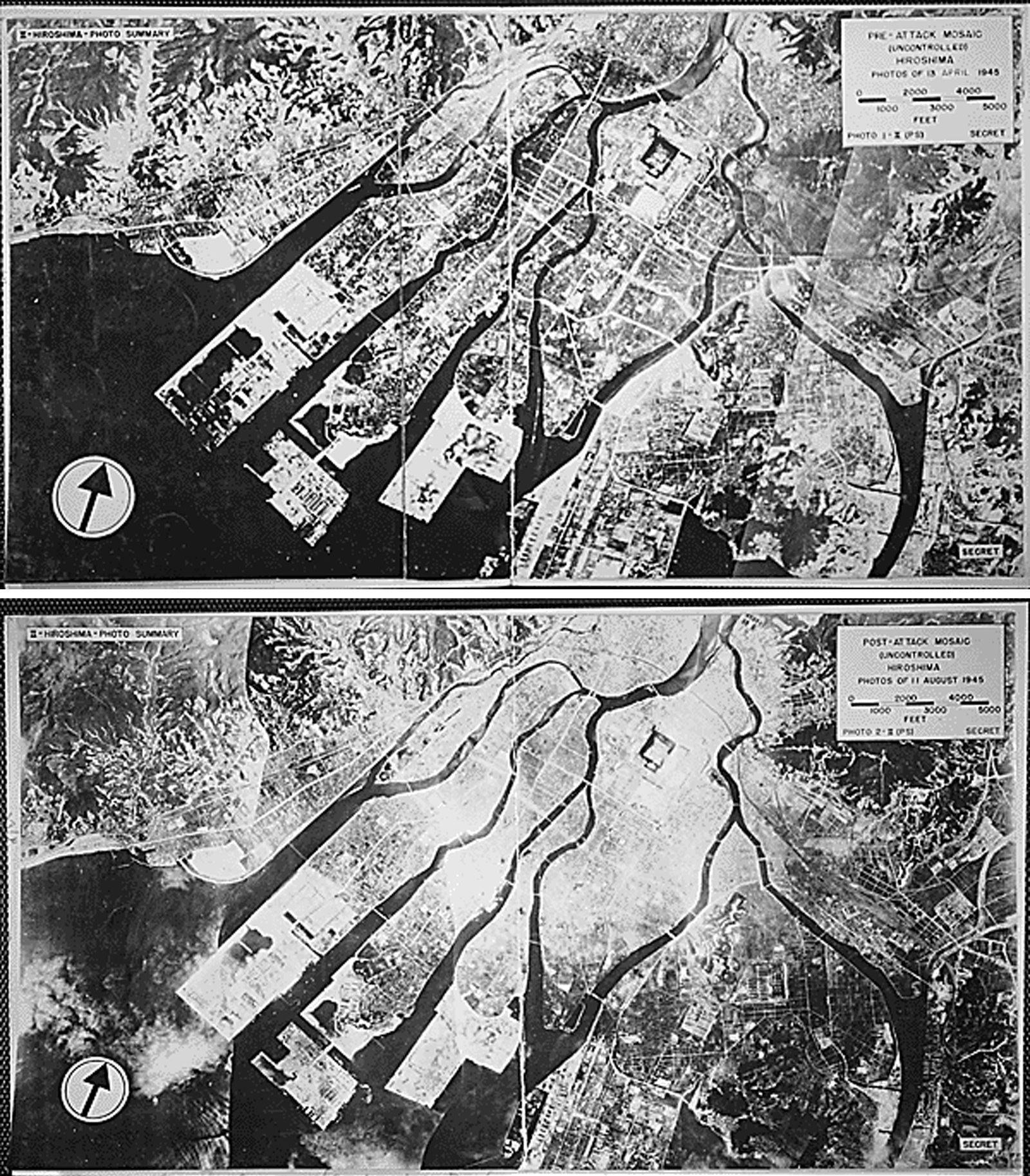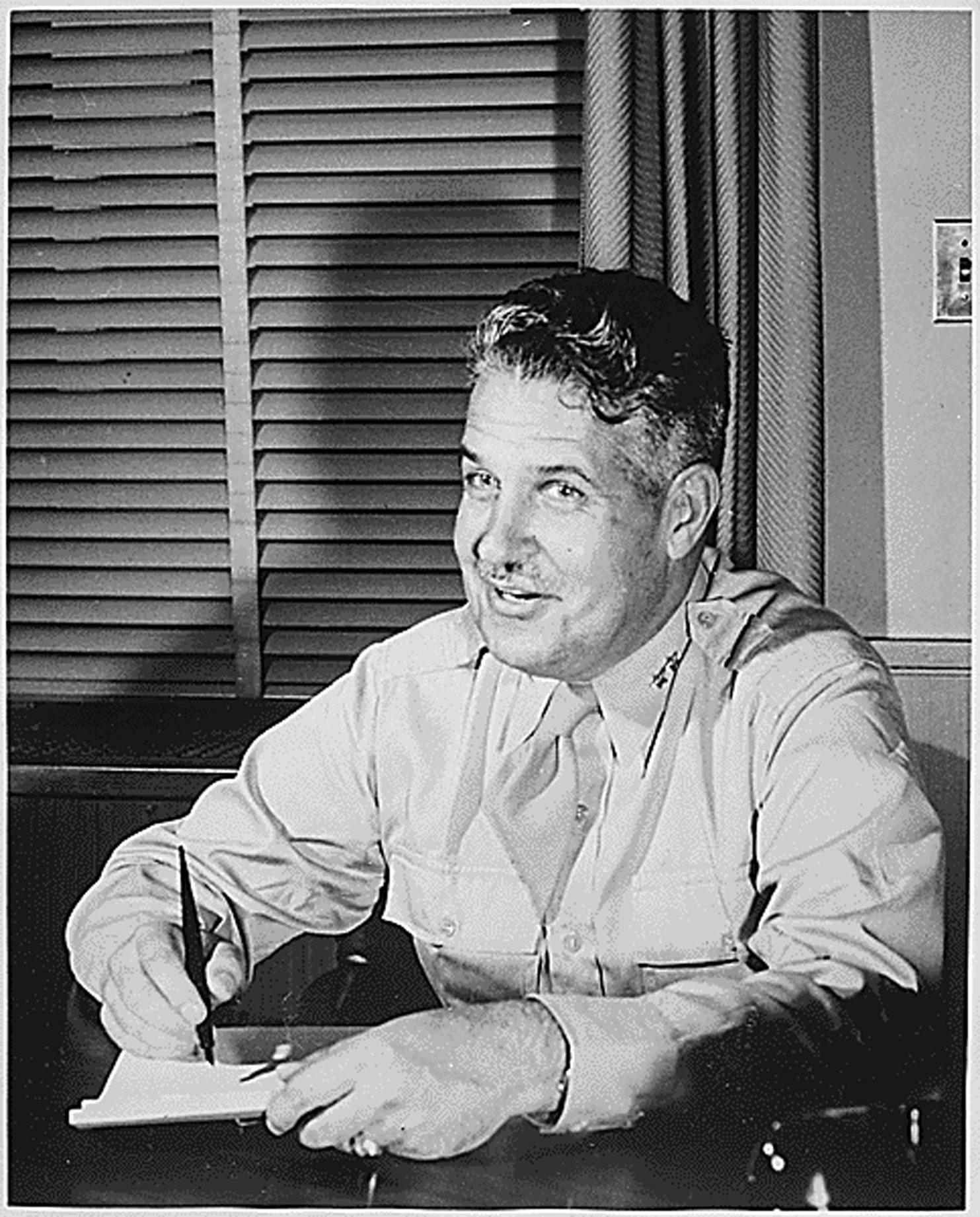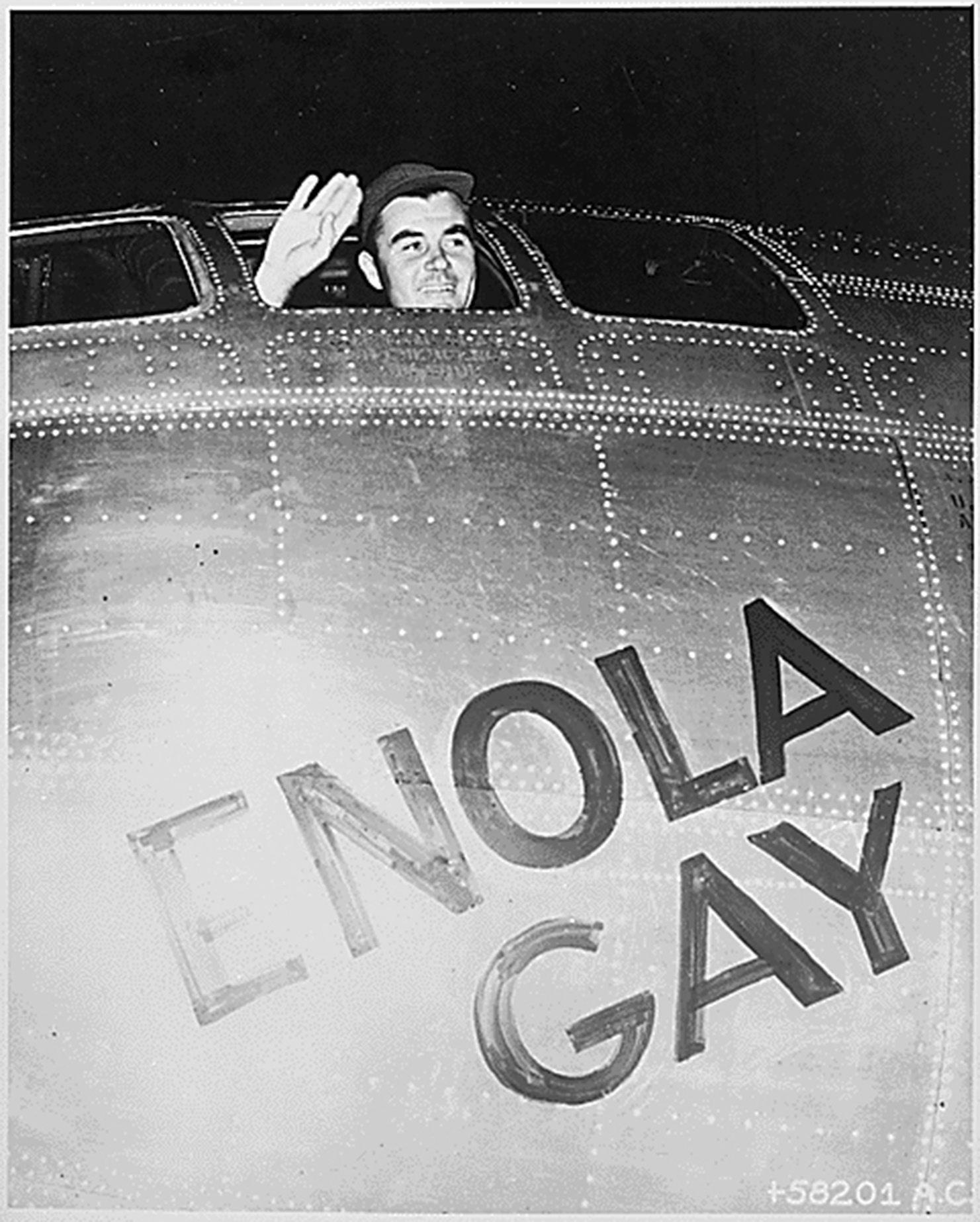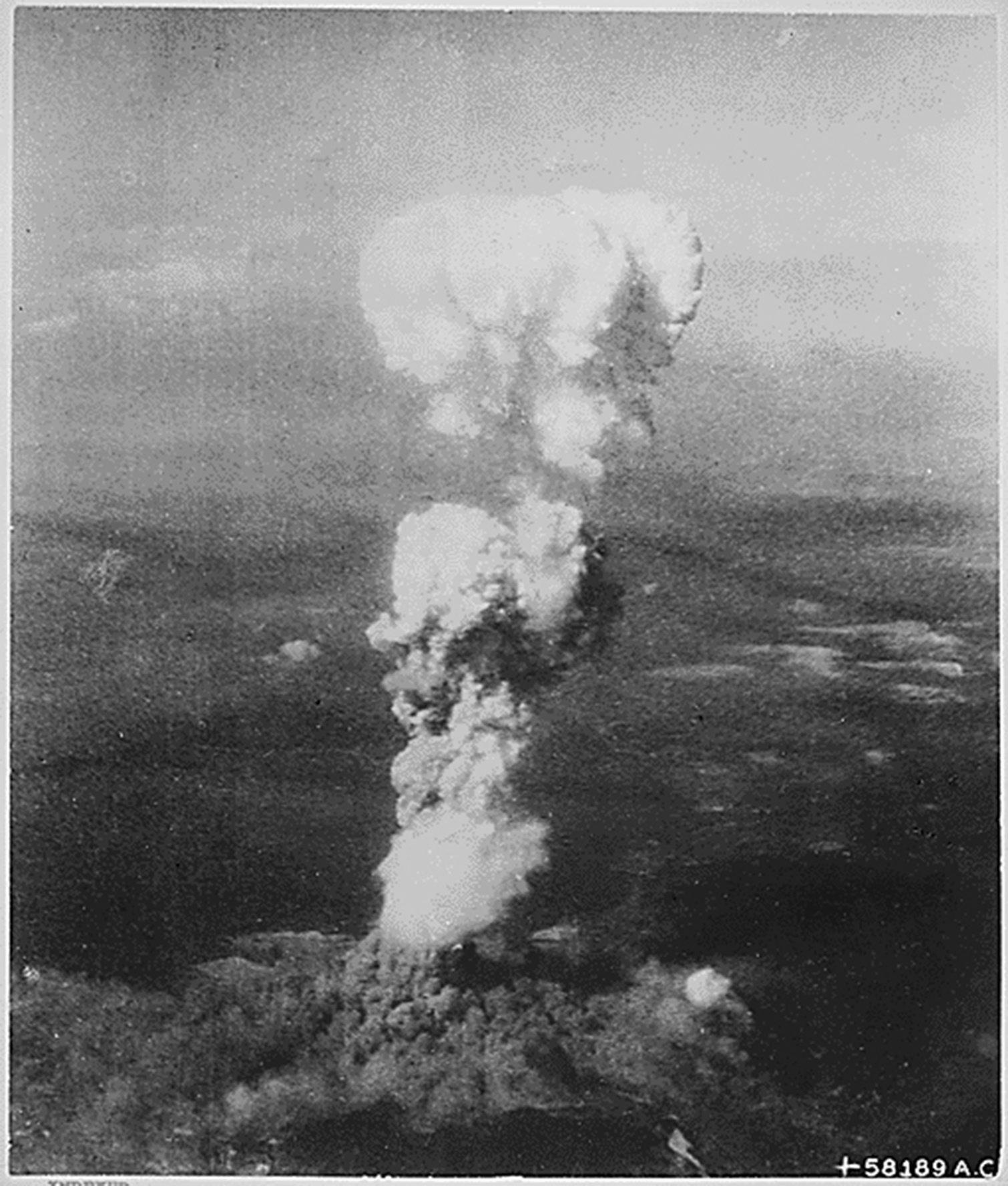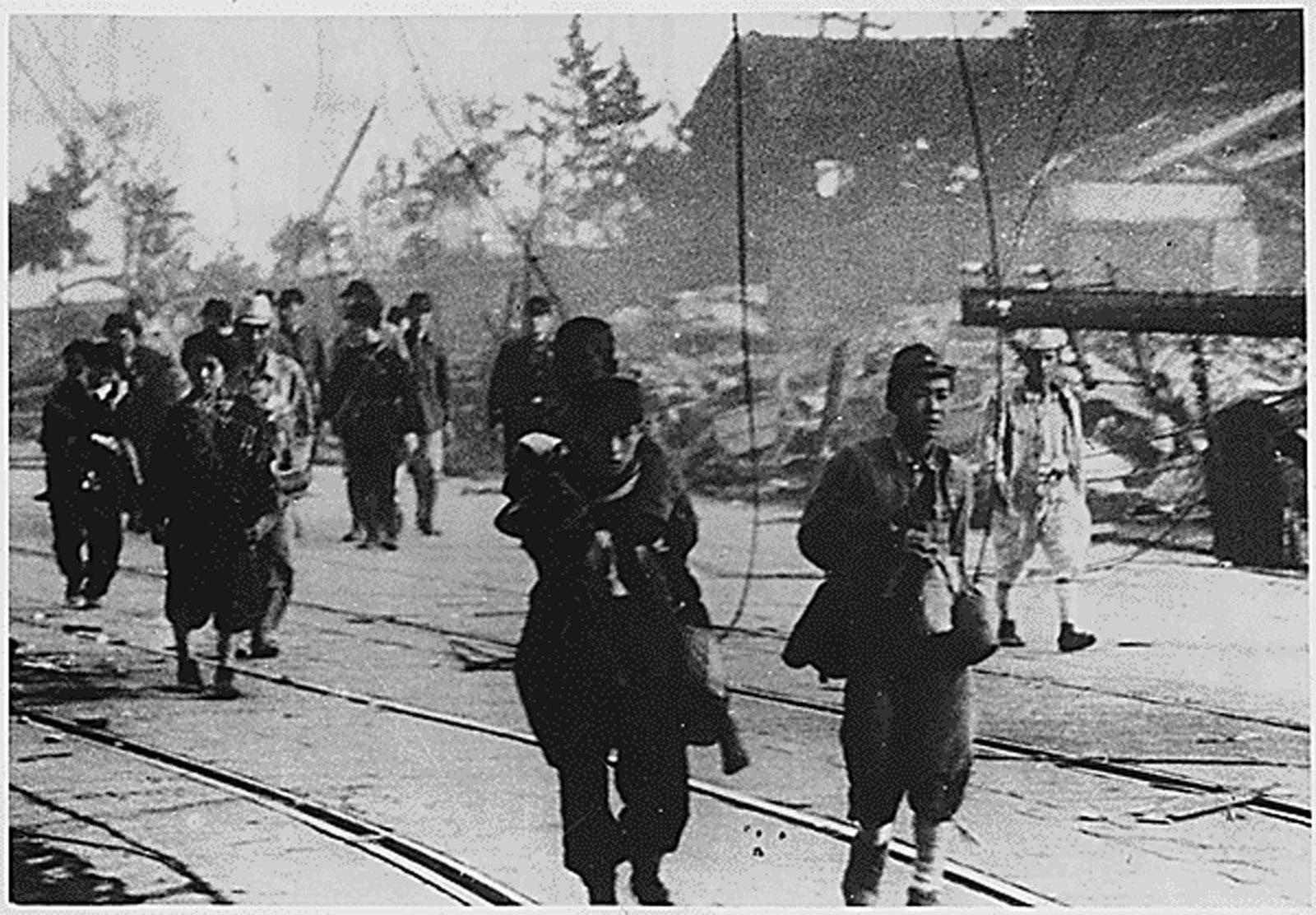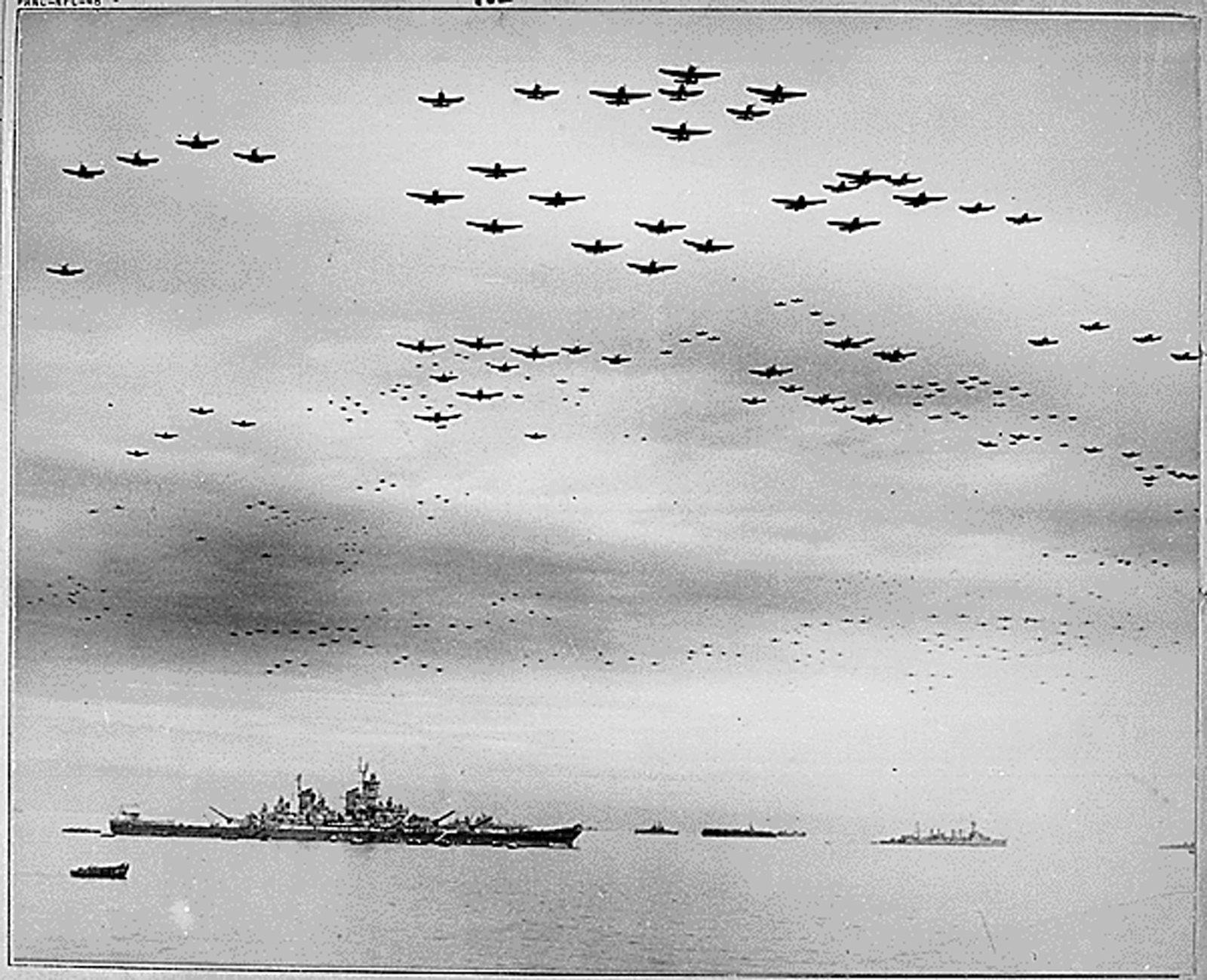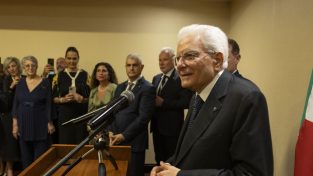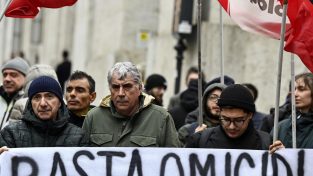Armi nucleari, nuovo record spesa mondiale
L'ultimo Rapporto della campagna internazionale ICAN "Surge: 2023 Global nuclear weapons spending" mostra che nel 2023 sono stati spesi 10,7 miliardi di dollari in più per le armi nucleari rispetto al 2022
“Surge” è la quinta edizione del rapporto di ICAN sulla spesa globale per le armi nucleari. Negli ultimi 5 anni sono stati spesi 387 miliardi di dollari per le armi nucleari, con un aumento della spesa registrata annualmente di un robusto 34% nello stesso periodo: da 68,2 miliardi di dollari a 91,4 miliardi di dollari all’anno. Ciò è avvenuto poiché tutti e nove gli Stati dotati di armi nucleari continuano a modernizzare, e in alcuni casi ad ampliare, i propri arsenali. Alicia Sanders-Zakre della International Campaign to Abolish Nuclear Weapon, coautrice del rapporto, sottolinea come: “L’accelerazione della spesa per queste armi disumane e distruttive negli ultimi cinque anni non sta migliorando la sicurezza globale, ma rappresenta una minaccia globale“.
Nel 2023 Cina, Francia, India, Israele, Corea del Nord, Pakistan, Russia, Regno Unito e Stati Uniti hanno speso complessivamente 91,4 miliardi di dollari per i loro armamenti nucleari, il che equivale a 173.884 dollari al minuto, o 2.898 dollari al secondo. La quota di spesa totale degli Stati Uniti, 51,5 miliardi di dollari, è superiore a quella di tutti gli altri Paesi dotati di armi nucleari messi insieme e rappresenta l’80% dell’aumento della spesa per le armi nucleari nel 2023. A seguire, la Cina ha speso 11,8 miliardi di dollari, mentre la Russia è al terzo posto con 8,3 miliardi di dollari. La spesa del Regno Unito è aumentata significativamente per il secondo anno consecutivo, con un incremento del 17% a 8,1 miliardi di dollari.
A livello globale i Paesi dotati di armi nucleari hanno in corso contratti con aziende per la produzione di armi nucleari per un valore totale di almeno 387 miliardi di dollari. In alcuni casi tali contratti si protraggono fino al 2040. Nel 2023 le aziende coinvolte nella produzione di armi nucleari hanno potuto sottoscrivere nuovi contratti per un valore di poco inferiore ai 7,9 miliardi di dollari. Solo negli Stati Uniti e in Francia (i Paesi per i quali è possibile ottenere i dati) queste aziende hanno speso 118 milioni di dollari in attività di lobbying.
Nota da Rete italiana pace e disarmo del 17 giugno 2024
Foto archivio Ansa bomba nucleare su Hiroshima nel 1945
